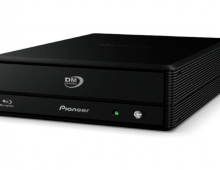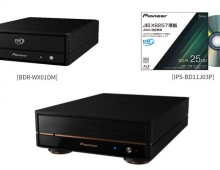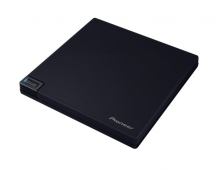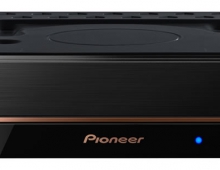
Pioneer to produce OLED phone screens next year
Pioneer will begin producing displays made from Organic Light Emitting Diodes in the first quarter of next year, part of an industrywide movement to bring the brighter, energy-efficient screens to the mass market.
The screens, which will start to come out in March, measure 2.4 inches across, come with a resolution of 240 pixels by 320 pixels and will have an active life of more than 10,000 hours. The screens will be capable of projecting 262,000 colors. The company announced the project in Tokyo earlier this week.
Materials in an OLED display emit light when an electrical current is applied. Because of their luminescent nature, OLED displays don't require a backlight, consume less power and can result in thinner screens than the liquid-crystal displays, or LCDs, currently favored in the flat-panel industry.
Though analysts expect the market for OLED technology to grow from a multimillion-dollar to a multibillion-dollar industry by the latter half of this decade, the technology will only gradually supplant LCDs, and then not in all product categories. OLED displays will first become popular in smaller devices, such as digital cameras, phones and electric shavers. Kodak, Samsung and others have already replaced LCD with OLED screens in some projects.
Some companies have demonstrated large 17-inch OLED screens, but commercial production of large desktop displays is likely years away.
Several companies are ramping up OLED capabilities. Sony and Toyota have formed a joint venture, called ST-LCD that has started to produce OLEDs. Qualcomm, LG Philips, Kodak, DuPont and Samsung are also building up OLED capabilities.
Materials in an OLED display emit light when an electrical current is applied. Because of their luminescent nature, OLED displays don't require a backlight, consume less power and can result in thinner screens than the liquid-crystal displays, or LCDs, currently favored in the flat-panel industry.
Though analysts expect the market for OLED technology to grow from a multimillion-dollar to a multibillion-dollar industry by the latter half of this decade, the technology will only gradually supplant LCDs, and then not in all product categories. OLED displays will first become popular in smaller devices, such as digital cameras, phones and electric shavers. Kodak, Samsung and others have already replaced LCD with OLED screens in some projects.
Some companies have demonstrated large 17-inch OLED screens, but commercial production of large desktop displays is likely years away.
Several companies are ramping up OLED capabilities. Sony and Toyota have formed a joint venture, called ST-LCD that has started to produce OLEDs. Qualcomm, LG Philips, Kodak, DuPont and Samsung are also building up OLED capabilities.





















